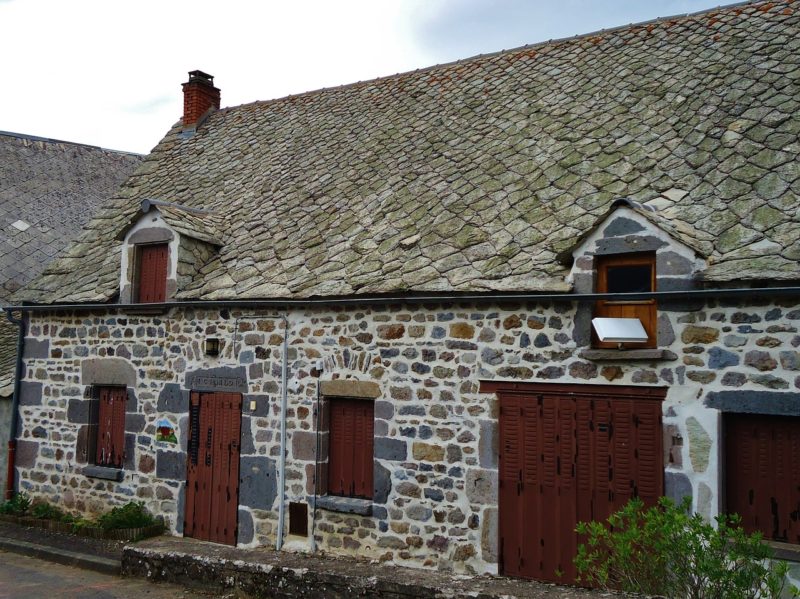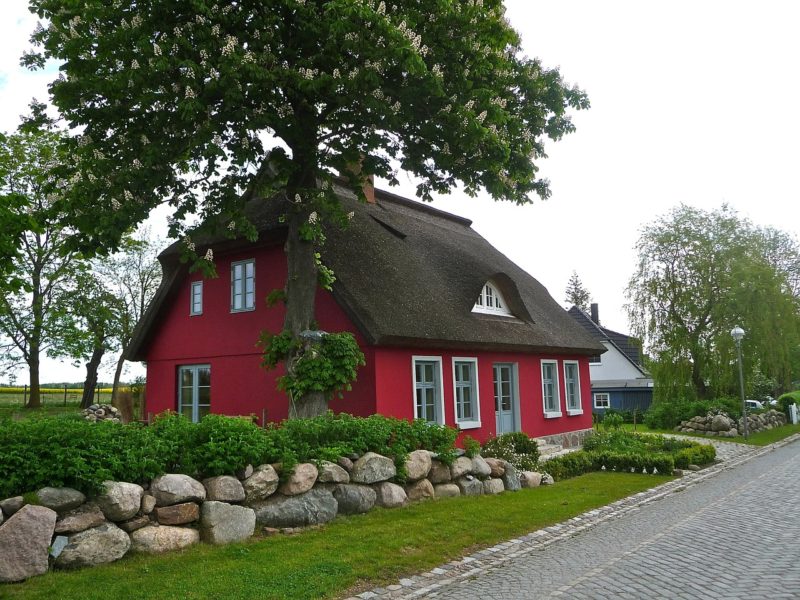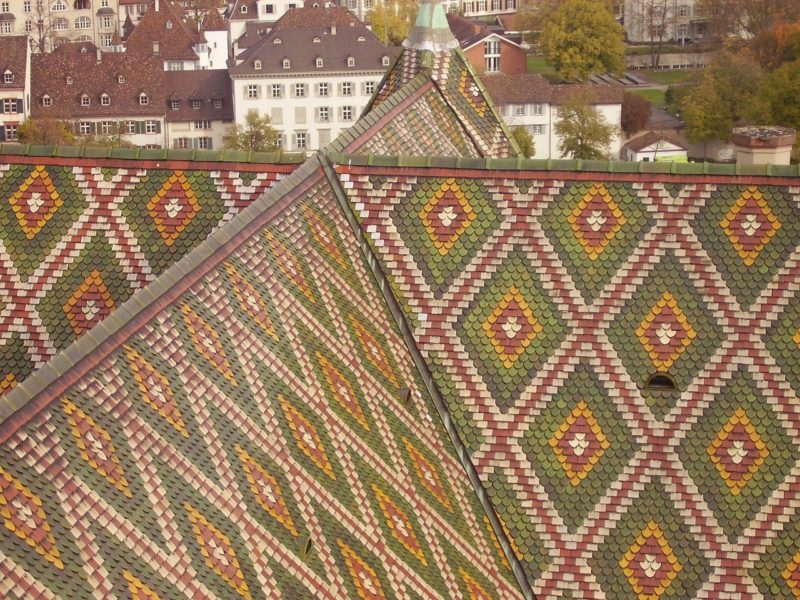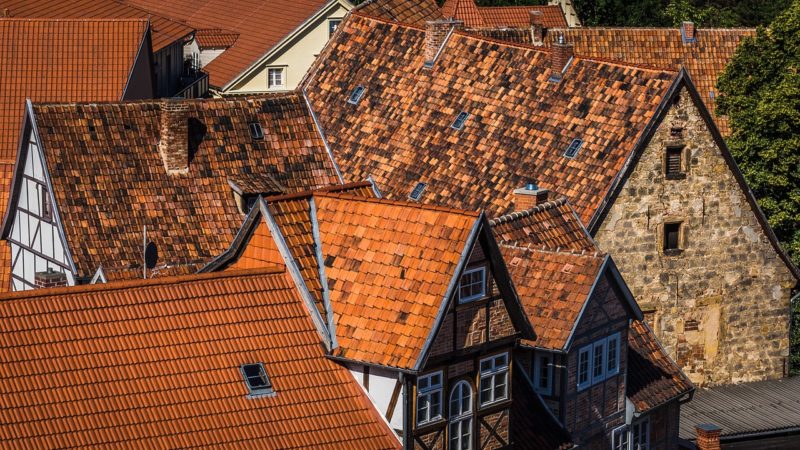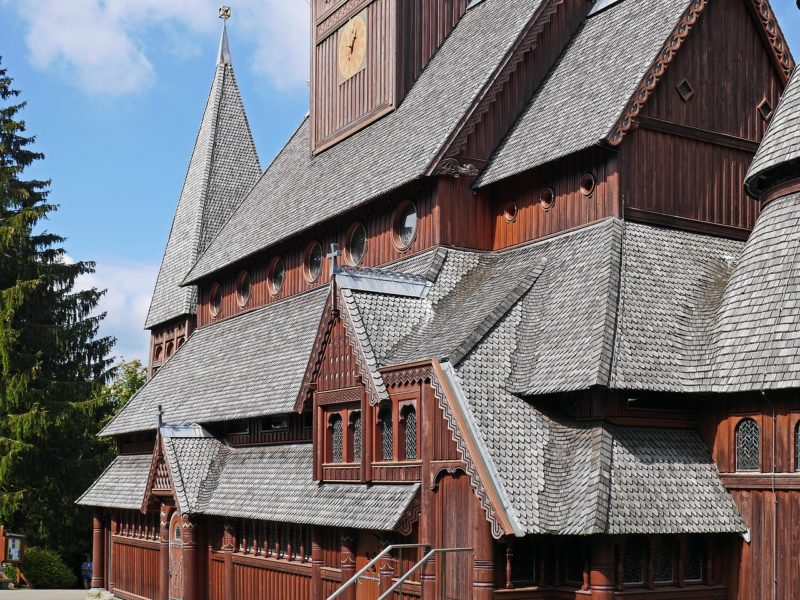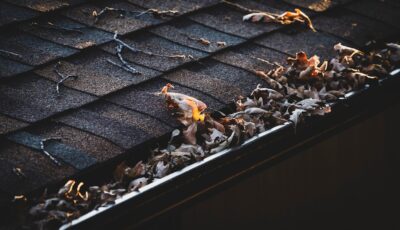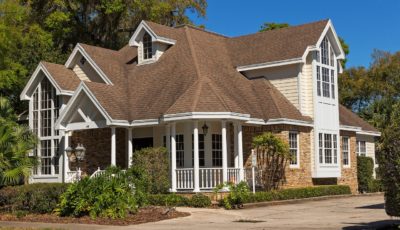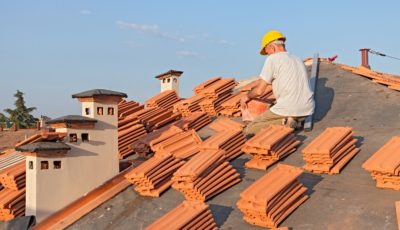Heritage Roof Restoration and Maintenance
An old mansion, whether it is has historical value or it doesn’t, is worth a lot. This value can be expressed both in money and in the sentiments that its owners and other members of the community feel. The only problem with a heritage building is its age and the cost of maintenance that only increases as the years go by.
A common problem nowadays is poor upkeep that results in the devastation of the structure from the roof to its very foundations. Once the first signs of dilapidation become apparent, it is time to swiftly start the restoration of a heritage building and where else to begin than from the top of the problem, the roof.
Assessing the problem
Unlike a residential house that is presently inhabited, spotting problems with the roof on an old crumbling building is much easier. You are almost certain to find slate or tiles on the ground and there will be holes inside the roof, big and small. The support beams have probably given way, so the entire roof will sag and it will have leaks in several places. Don’t be discouraged with such an image because this is common for old structure and it is not beyond repair. More often than not, the entire roof will have to go and a good heritage roofing company will have to be called in to replace the whole thing.
What is so special about heritage roofing?
Replacing or repairing heritage roofing is essentially not much different than conventional roof jobs with several exceptions. For instance, the new roof needs to resemble and mimic the original one as much as possible or least it must fit in well with the rest of the building. Furthermore, the use of cheap, poor quality materials is unacceptable when it comes to heritage roofing, as there are local and national laws that require contractors to use the best materials available. A restored roof need to last for decades if not centuries and be able to withstand strong hailstorms and earthquakes.
Different types of damage and different types of roofing
So far we have only discussed the worst case scenario in which the entire roof with its timber support underneath had to go. In some cases, it is possible to restore individual tiles if the damage is not over extensive. A tile can be chipped, broken or simply too worn out to serve its only purpose of protecting the structure below from water and snow. Regardless of the type of damage, that tile will have to go and be replaced with a similar one.
We speak of tiles, but in fact, most heritages roofs are made from slates, and some are even made from terracotta in places like China. This having said, a typical slate tile restoration should be due more than a century after the original slated roof was erected. This means that mansions and industrial buildings from the turn of the 20th century are presently ripe for a restoration job.
Not a DIY task
If the restoration procedure is carried out by professionals, then the chances are greater that it will turn out to be a success. We have no doubt that you know how to replace a loose tile and caulk the flashing around it but heritage restoration is far too delicate to be done by laymen. After all, it took the whole family or community to come together back in the day to erect the structure and its roof, so the restoration of such a building is not a one man’s job.
Proper maintenance
Roofs are almost like living beings, if you don’t take care of them they sadden; sorry, we mean that they sag. Restoration will help prolong the lifespan of the roof as you basically get a brand new roof structure. That is why the general maintenance level is low but you still need to inspect the roof from time to time to make sure everything is OK and that there are no leaks. The inspection can be external, where you grab a ladder, climb and take a good look across the outer surfaces of the roof. On the other hand, you also need to climb to the attic to inspect the roof for water damage since a hole in the flashings is sometimes hard to detect.
The end result
Many propriety owners who have inherited heritage building are probably thinking of demolishing them, rather than having them repaired. If only they could see the end result, they would never consider tearing down their great-grandfather’s house down, for example. What you’re left with after the restoration process is a roof like it was a century ago but fully modernized.
First of all, a restored heritage roof is watertight, so less maintenance is required. During the restoration process, all of the moisture present in the under-structure of the roof is removed and the roof gets a more secure ridge cap on the outside. Finally, the vintage slates that remain are bolted down to prevent further damage.
All in all, a heritage roof restoration is quite the investment when you come to think of it because you pay a sum now and get a guarantee that the roof will last for another 100 years. You can’t find such a sweet deal in the food or the financial industry, for instance.

